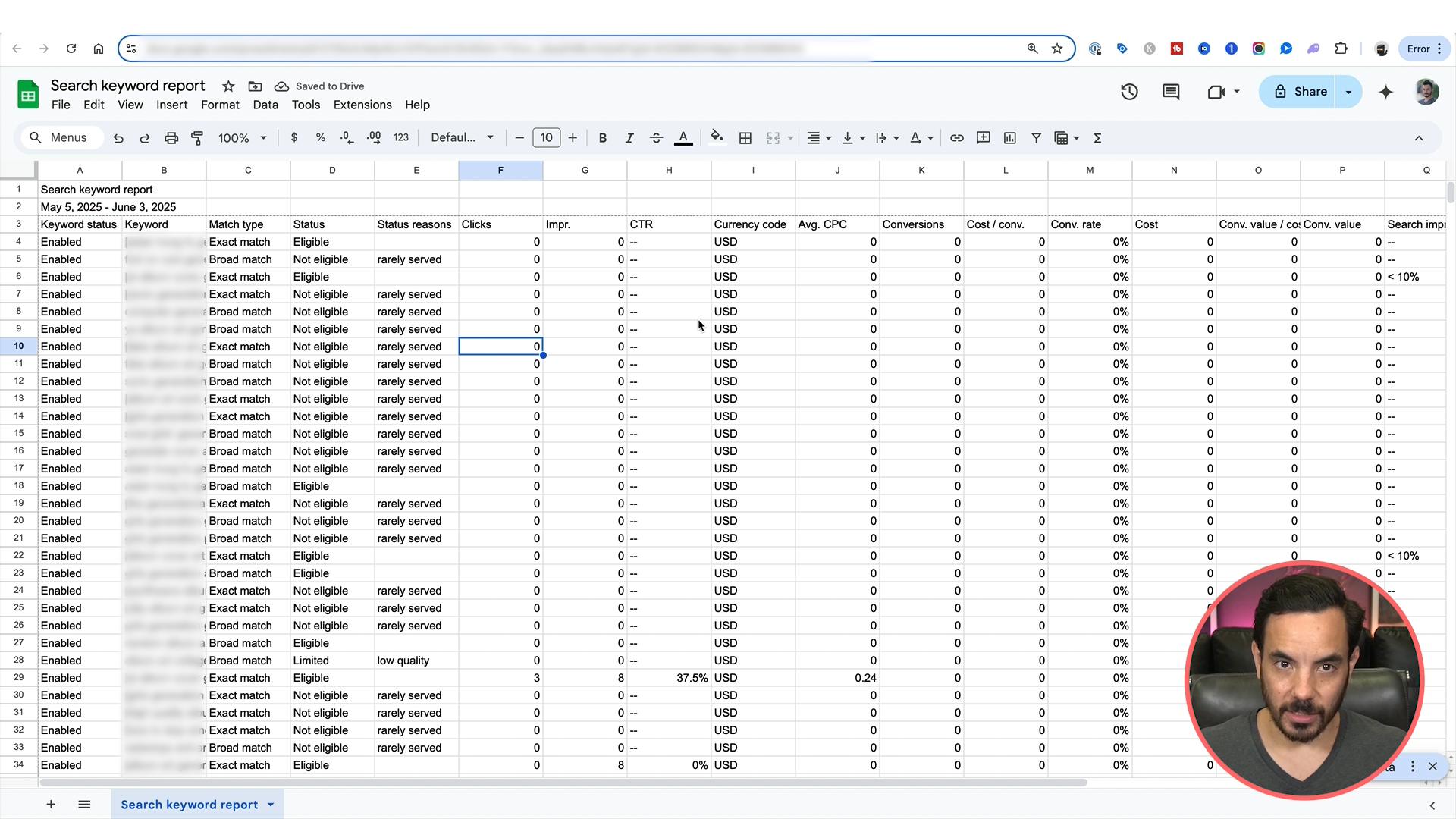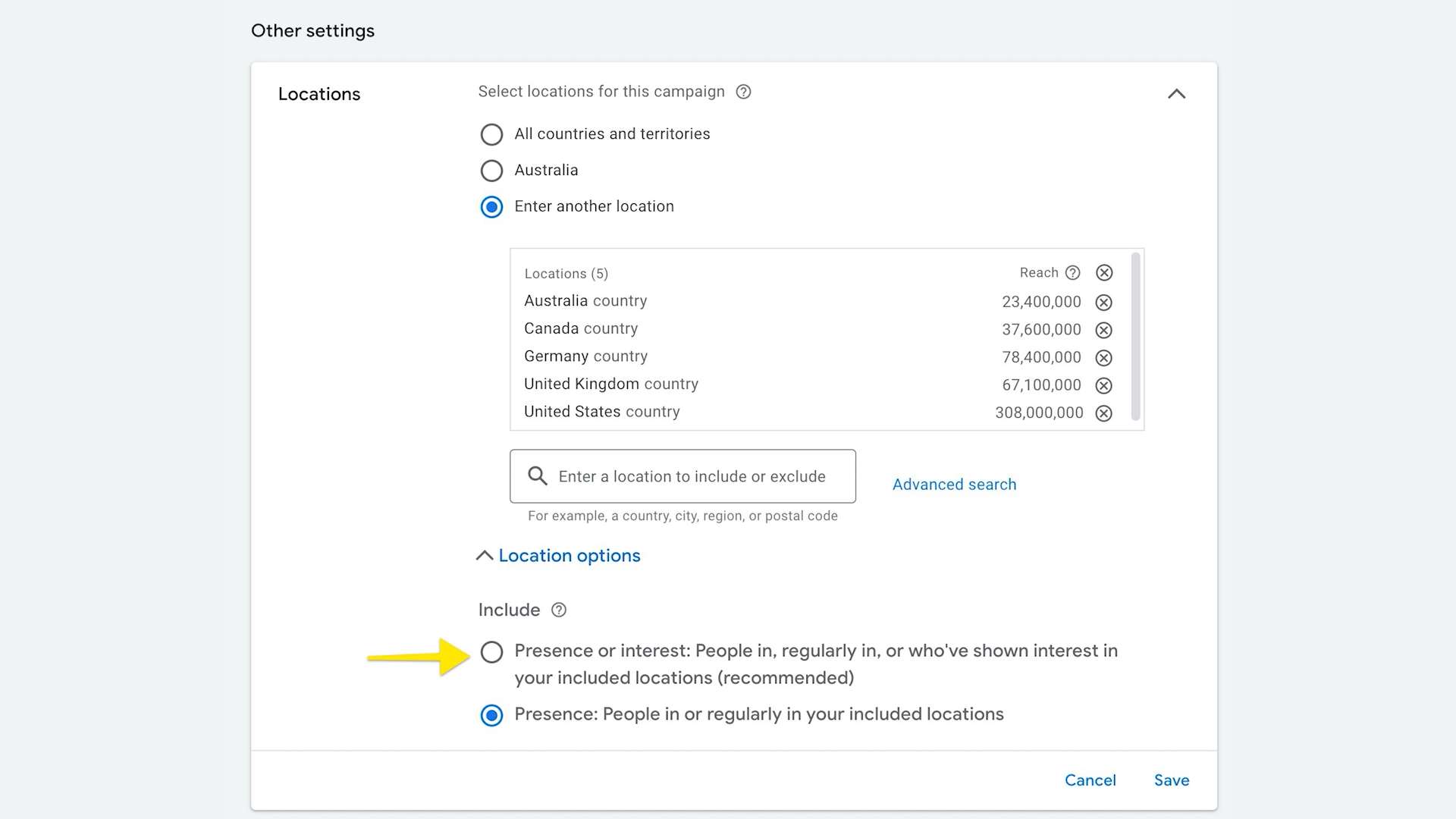The Truth About Underspending Google Ads Campaigns
So, your Google Ads campaign just refuses to spend the full daily budget. You set a daily budget, you’re ready to scale, but then Google only delivers half of it or sometimes even less.
Frustrating, isn’t it?
I’ve been running Big Flare for over a decade now, and I’ve lost count of the number of ecommerce store owners who’ve messaged me about this exact issue. If you’re profitable and want to grow, but Google just won’t play ball, I feel your pain.
Luckily, this is almost always fixable once you know where to look. Let’s cover the reasons why this may be happening.
1. Your Bids Are Too Low
This is far and away the most common reason. It’s rarely the budget that’s the problem, it’s your bids.
If your Cost Per Click (CPC) bids are too low, Google can’t win enough auctions to actually spend what you’ve told it to spend.
How to fix it depends on your bid strategy:
Manual CPC: Simply raise your CPC bids.
Target ROAS: Lower your ROAS target. Targeting 500%? Try dropping it to 400%. This tells Google you’re happy to pay more per click, unlocking more traffic.
Target CPA: Increase your CPA target. Bumping a $50 CPA up to $60 or $70 gives Google more wiggle room to bid higher.
Maximise Conversions or Value: For the bold, remove your ROAS or CPA targets altogether. This shifts you to a maximise bid strategy. Just be careful. If your daily budget is set far higher than your recent actual spend, your spend could spike overnight (and often at a bad ROAS/CPA).
Tip: Before testing maximise strategies, reduce your daily budget to something closer to your actual spend. If performance looks good, scale up gradually.
2. Low Search Volume
So you’ve fixed your bids and still no full spend? Next up is low search volume.
Sometimes your keywords or products just don’t have enough people searching for them.
How to check:
Use Google’s Keyword Planner to get search volume data. Here’s how:
Pull up your full keyword list in Google Ads. Only include enabled campaigns, ad groups and keywords.
Download to Google Sheets.
Copy your keywords, then head to Keyword Planner’s “Get search volume forecasts” tool and paste them in.
You’ll get a monthly search volume estimate.
Next, multiply this by your expected impression share, CTR and CPC to estimate spend potential.
Example:
If your estimate says $4.5k a month, but you’re trying to spend $20k, your issue is probably low search volume.
If the estimate is $4.5k and you’re only spending $200, the problem likely lies elsewhere.
For Shopping or Performance Max (PMax) campaigns, you can’t download keywords, but you can download search terms instead and do the same estimate.
3. How To Fix Low Search Volume
If you find search volume is the culprit, here’s what to do:
Search Campaigns: Add more keywords. Do fresh keyword research.
Expand match types: Move from Exact or Phrase Match to Broad Match. There’s also “AI Max” for Search, which is Google’s latest experiment that acts like Broad Match on steroids (still rolling out, so results may vary).
Shopping/PMax: Add relevant keywords to your Product Titles and Product Type fields in your feed. More relevant keywords help Google find more searches for you.
4. Hidden Disapprovals
Sometimes your ads or assets are disapproved, quietly blocking spend.
How to check:
For Search: Filter your ads by policy approval status.
For PMax: Do the same in Asset Groups.
Fix:
Read the disapproval reason carefully.
If you spot what’s wrong, tweak or recreate the ad and resubmit.
If you’re certain it’s a mistake, appeal. If the button doesn’t work, escalate to a human at Google. Stay persistent.
5. Smart Bidding Still In Learning Mode
If you’re using Smart Bidding and the campaign is new or recently changed, it might be in the “Learning” phase.
The fix?
Wait it out. Don’t keep tweaking as every change resets the learning clock.
If you’re desperate to speed things up, you can temporarily switch to a maximise strategy but remember the risk: spend can shoot up quickly.
6. Geotargeting Too Narrow
This one’s sneaky. Too tight location targeting can choke spend.
How to check:
Head into your campaign settings and see exactly where you’re targeting. Is it too narrow like just one city or a tiny radius?
Also check advanced location options. Changing from “Presence” to “Presence or Interest” can open you up to more reach.
Quick wins:
For ecommerce: Target every country you can ship to, not just one.
For local businesses: Widen your radius by 10–20 km.
Double check you haven’t accidentally excluded important locations.
7. Low Ad Quality Or CTR
Even if your bids are solid, Google prioritises ads that get clicks.
Check your Quality Score:
Go to your Keywords tab and add the Quality Score column. Anything under 6 needs work.
How to fix:
Write ads that match search intent directly. Say “vegan protein powder”, not “best health products”.
Be specific. “25g organic protein” beats “best prices”.
Make sure to have good variety in your headlines and descriptions. Avoid repetition.Improve your landing page — fast loading, mobile-friendly, matching what your ad promises.
Test brand new ad variations. Sometimes a fresh approach beats endless tweaks.
8. PMax: Not Enough Assets Or No Feed
Running PMax but limited/no assets or no product feed? You might be starving Google of ammo.
Check:
In your Asset Groups, look for missing images, headlines or videos. Add more and max it out.
If you’re ecommerce, make sure your Merchant Centre product feed is attached and up to date. A missing feed means PMax can’t run Shopping Ads, and you’ll be leaving money on the table.
Final Word
There you have it.
If your Google Ads aren’t spending fully, you almost always have a fixable problem.
✅ Check your bids first.
✅ Then search volume.
✅ Then the rest of this checklist: disapprovals, Smart Bidding learning phase, geotargeting, ad quality and assets.
Sort these out and you’ll unlock more spend and more scale.
Conclusion
If your Google Ads aren’t spending your full budget, remember — bids are usually the culprit. Adjust them first, then run through the other checks: search volume, ad approvals, learning mode, location targeting, ad quality and PMax assets. Fix these one by one and you’ll open the taps for profitable scaling.



